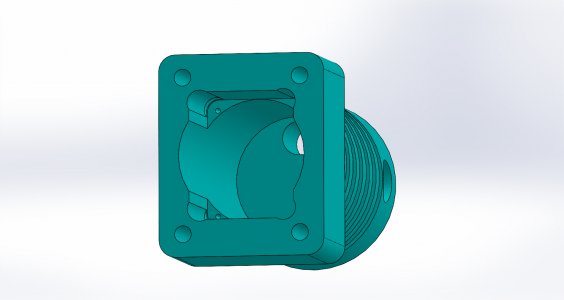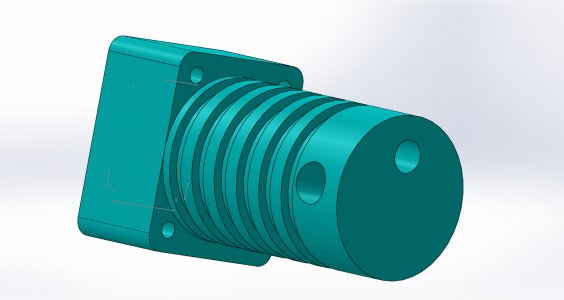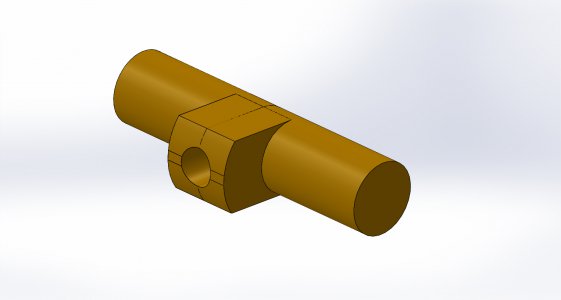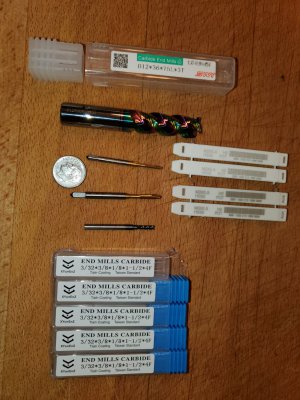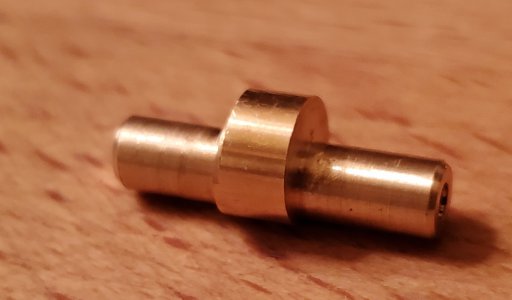- Joined
- Apr 29, 2019
- Messages
- 2,060
I just had another thought, yea I know that is always dangerous.
Since these landing gear blocks are extruded they are probably made of 606x extruded aluminum. Especially since they are one of the lower cost units available, makes me doubt that they are extruded 7075.
If I make new ones I will be making them out of 7075-T6 for some added strength. especially since I have to cut an extra slot down the length to clear the drive screw.
But then I had this thought........ What if I make the new blocks out of Grade 5 Titanium?????
I have used G5 Ti on a different jet project and had no issues machining it. It was harder than AL but softer than Steel. The only issue seems to be finding an affordable source. the starting block for each piece will need to be 5/8 x 1 x 1-1/2. So far I have only found sources that are to small or very large blocks with equally very large price tags. I have found sources for grade 2 Ti fut that has strength similar to what the AL has, in which case it would be cheaper and easier to just use the AL. I think I just talked myself into making it out of the 7075......
The motor case and bearing block will be made out of 7075 either way.
The new drive pin will be made out of 544 bronze.
All of the rest of the parts will be reused.
The motor case will take the longest to machine by far with needing to go .437 deep pocket with a .093 end mill. LOTS of very slow very shallow cuts. The rotating block will be the most complex to machine by far with cuts from every face and not all the faces square to each other. Might require some 3D printed fixtures.
Since these landing gear blocks are extruded they are probably made of 606x extruded aluminum. Especially since they are one of the lower cost units available, makes me doubt that they are extruded 7075.
If I make new ones I will be making them out of 7075-T6 for some added strength. especially since I have to cut an extra slot down the length to clear the drive screw.
But then I had this thought........ What if I make the new blocks out of Grade 5 Titanium?????
I have used G5 Ti on a different jet project and had no issues machining it. It was harder than AL but softer than Steel. The only issue seems to be finding an affordable source. the starting block for each piece will need to be 5/8 x 1 x 1-1/2. So far I have only found sources that are to small or very large blocks with equally very large price tags. I have found sources for grade 2 Ti fut that has strength similar to what the AL has, in which case it would be cheaper and easier to just use the AL. I think I just talked myself into making it out of the 7075......
The motor case and bearing block will be made out of 7075 either way.
The new drive pin will be made out of 544 bronze.
All of the rest of the parts will be reused.
The motor case will take the longest to machine by far with needing to go .437 deep pocket with a .093 end mill. LOTS of very slow very shallow cuts. The rotating block will be the most complex to machine by far with cuts from every face and not all the faces square to each other. Might require some 3D printed fixtures.


